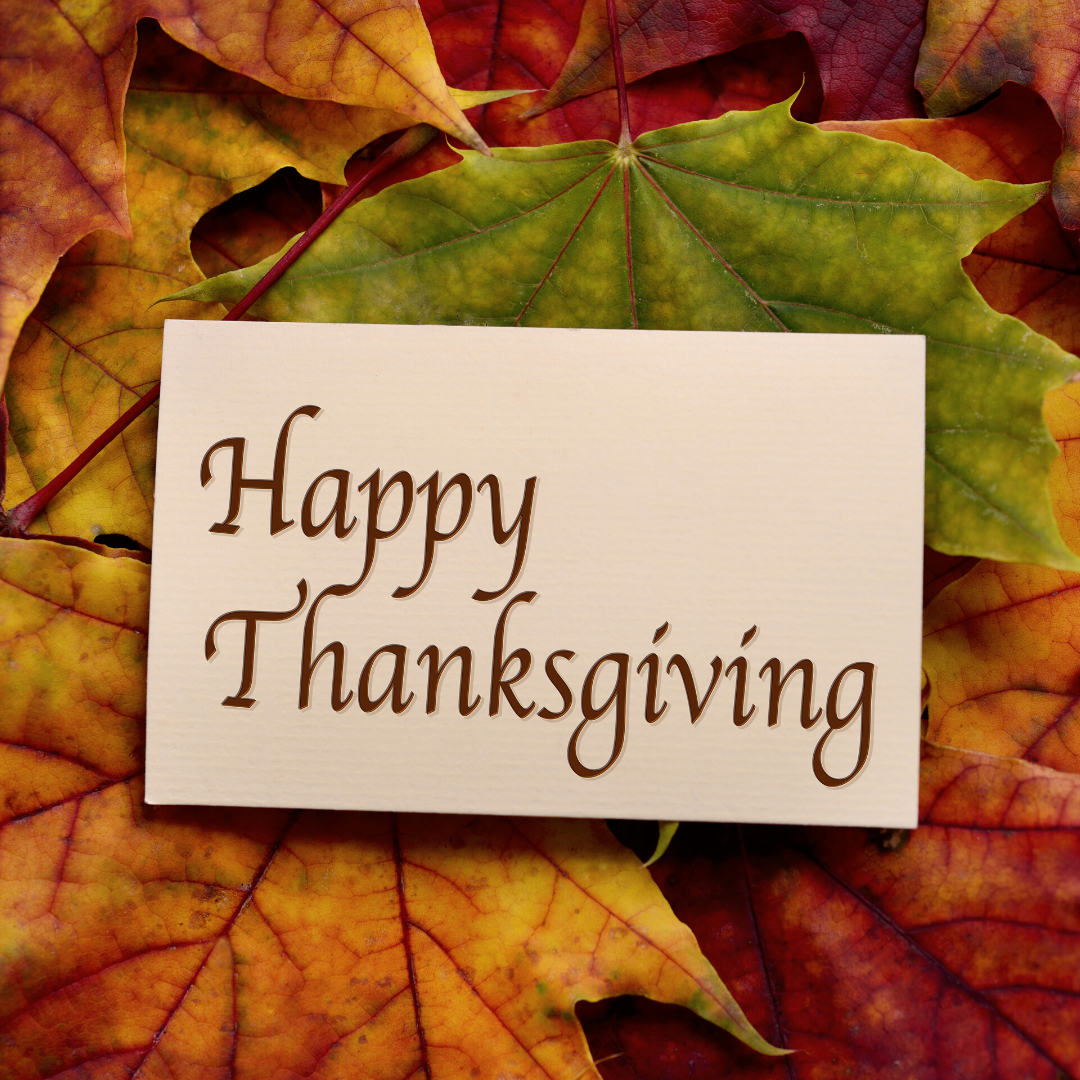This post comes to you from a dear Kid Connections family who practice “Thankful Thursday” every week around their dinner table. I caught wind of this gratitude practice and have been incorporating it into my sessions ever since.
The thing about gratitude is that it’s an abstract concept. First of all, how do we define it? And most importantly, how do we teach it to our kids?
Let's start with the basics, what is "Gratitude"?
We all understand gratitude as “the feeling we have about the things we love and make us happy”.
The dictionary will tell you it’s “the quality of being thankful; readiness to show appreciation for and to return kindness”, and one of my favorite writers and researchers will tell you that gratitude is always correlated with joy.
She says, “Without exception, every person who experiences a joyful life or describes themselves as joyful, also practices gratitude and attributes their joy to their gratitude practice.”


What’s interesting though is that joy does not precede gratitude. It’s not that joyful people just have more to be grateful for. In fact, it is just the opposite. When we practice gratitude, we increase our capacity for joy.
So the answer to the question, “How do we teach abstract concepts like joy and gratitude to our children?” is practice.
3 ways you can practice gratitude right now
1. Write it down

- Keep a gratitude journal with your family.
- Everyone can contribute one thing each day or week. This can support literacy skills through reading and writing, as well as building vocabulary and descriptive language.
2. Say it out loud

- I am grateful for… I am thankful for…
- Expand language by taking turns naming different nouns and verbs.
3. Make a picture

- Turn gratitude into a joyful craft and interaction.
- Take turns drawing pictures of what you are thankful for, cut out pictures from magazines. Not in the crafty mood? Point out pictures in books, or while driving a car.
By: Erica Eckel; Speech-Language Pathologist, Kid Connections Therapy

